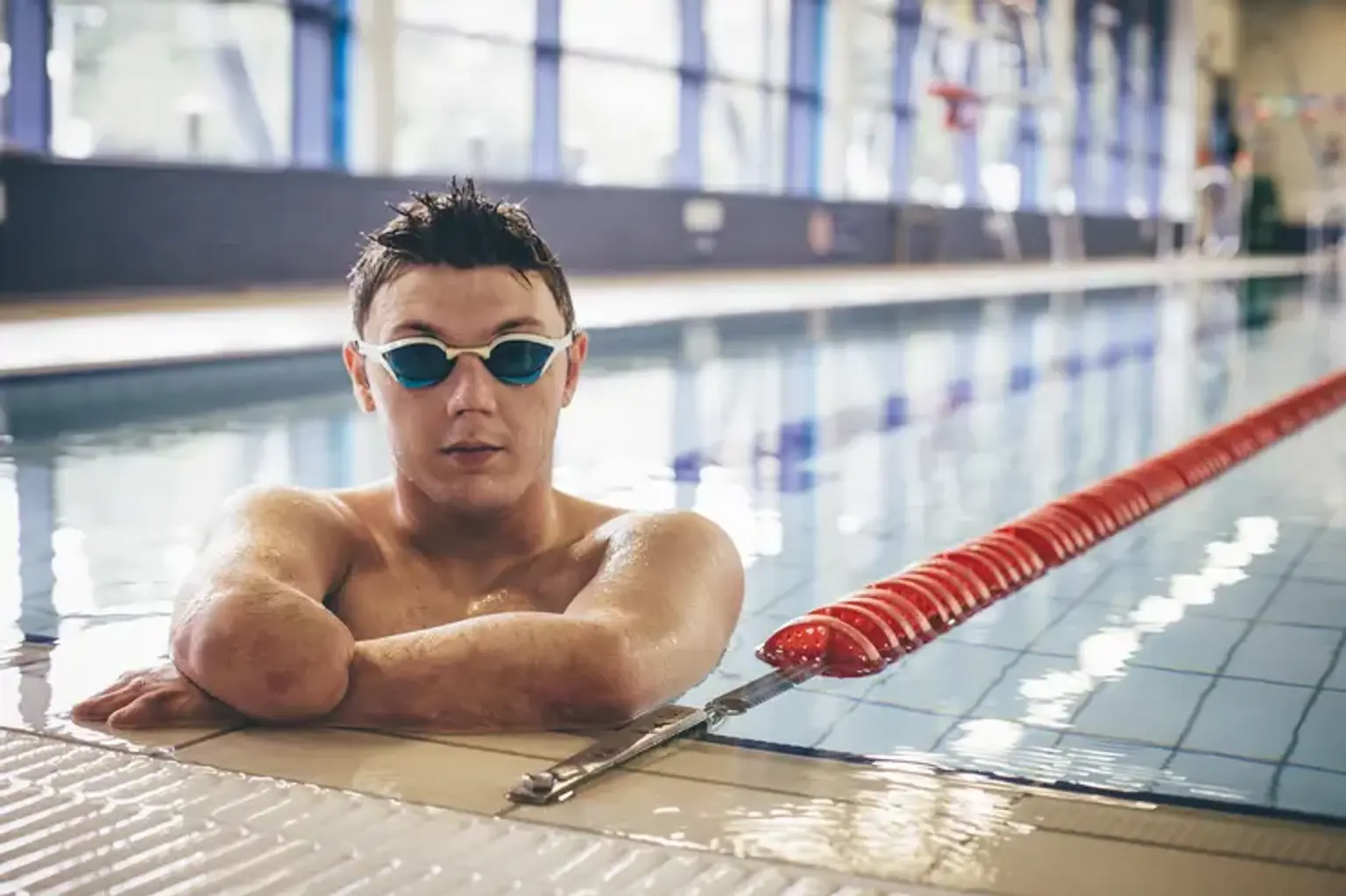Limb Deformity
Overview
Limb deformities are musculoskeletal anomalies that can be congenital (born with them), developmental, or acquired as a result of a fracture, infection, arthritis, or malignancy. Limb deformity symptoms can range from a little variation in the look of a limb to a significant loss of function of an extremity. Treatment is determined by the anatomic location of the malformation, functional impairment, or aesthetic issue.
